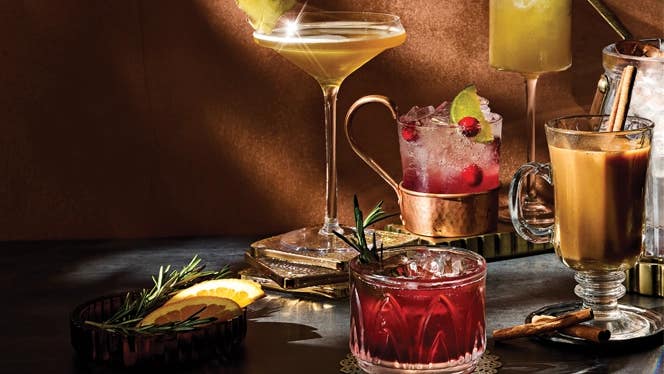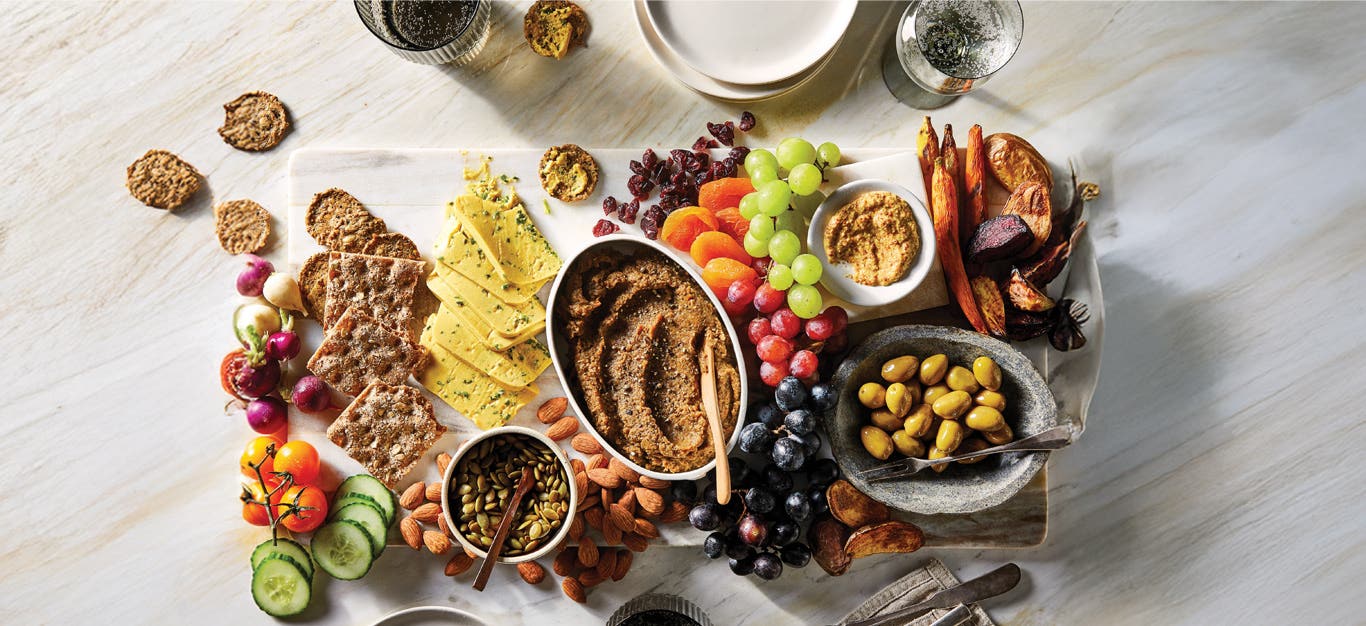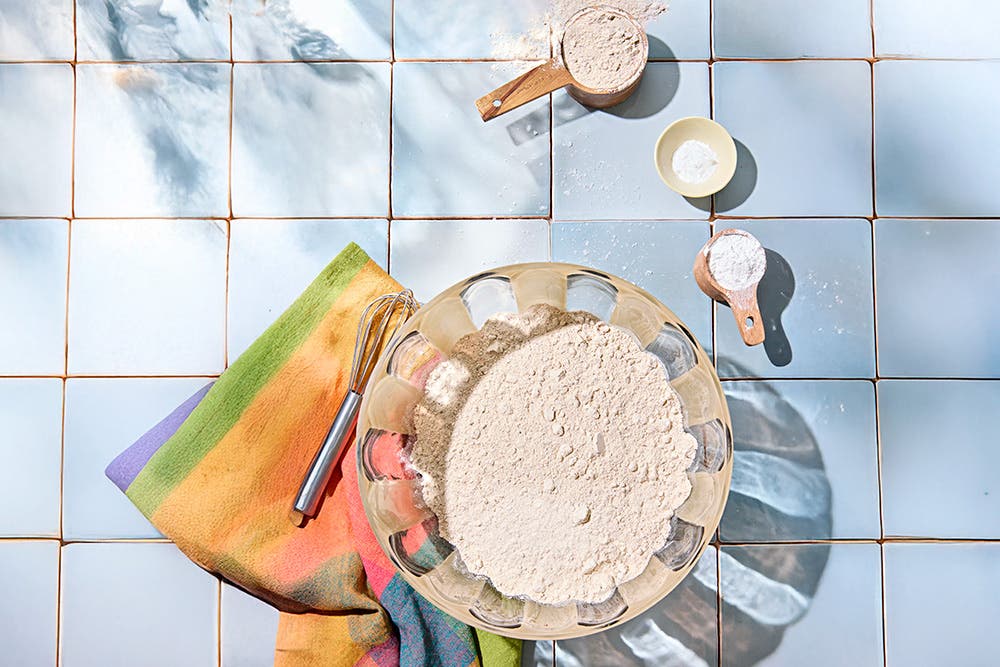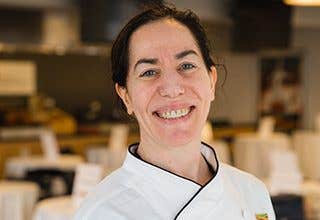By Celine Beitchman, Institute of Culinary Education,
Last Updated:Rhubarb has a distinctive flavor that plays beautifully in dessert recipes and more. Here’s everything you need to know to start enjoying it today.
What Is Rhubarb?
Rhubarb’s pink-hued, celery-like stalks are crowned by large green ruffled leaves. A member of the buckwheat family, rhubarb grows seasonally in mid-spring to late summer when bushels make their way to the market. Though technically a vegetable, rhubarb is more commonly used like a fruit—paired with sweet berries or apples—and packed into pies and dessert sauces.
You can eat the stalks raw or cooked. Raw stalks are crisp and watery with celery notes. Cooking softens the flesh and brings out the plant’s sour, citrusy tang and pink color.
Can You Eat Rhubarb Leaves?
Although there is some debate about edibility, the leaves’ oxalic acid levels may cause kidney damage and aggravate joints. While you might have to eat several pounds of rhubarb leaves to reach toxic levels, it’s much safer to exercise extreme caution and toss the leaves as soon as you get home.
How to Select and Store It
Whether you’re buying one stalk or a bunch, look for firm and crisp stalks. If the leaves are still attached, check that they are vibrant and green. When you get home, trim and discard or compost the leaves and inspect the stalks for any damage you’ll want to trim away.
Any stems that you don’t use immediately will keep for at least a week wrapped in a damp paper towel in your refrigerator crisper drawer.
Prepping Rhubarb
Wash stalks and peel off any brown spots. Then chop stalks into 2-inch-long pieces (or smaller or larger pieces, depending on how you intend to use them).
It takes just a few minutes to simmer raw stalks into a luscious sweet or savory compote to top breakfast porridge, layer in parfaits, or dollop onto scones alongside a cup of afternoon tea. To soften rhubarb’s sour tang, try cooking stalks with baking spices (e.g., cinnamon, nutmeg, or allspice), vanilla, ripe orchard fruits, or sweet berries.
Cooked rhubarb can be refrigerated for three to five days in an airtight container or frozen for one to two months.
Ways to Use Rhubarb
- Mince and mix raw stalks into fruit salad, or fold into stovetop porridges and muesli.
- Toss chopped raw stems into starchy salads, such as black-eyed pea, sweet potato, and corn.
- Roast finger-length stems with pure maple syrup until caramelized for an amazing toast-topper.
- Stew with tomatoes, yellow raisins, mustard seeds, ginger, and chili peppers for a spicy, tangy chutney.
Rhubarb Recipes
Enjoy the sweet, tangy goodness of rhubarb in these healthy plant-based rhubarb recipes from Forks Over Knives!
Plant-Based Primer. For meal-planning support, check out Forks Meal Planner, FOK’s easy weekly meal-planning tool to keep you on a healthy plant-based path.
Related News
Get Our Best Price On The Forks Meal Planner

Forks Meal Planner takes the guess work out of making nutritious meals the whole family will enjoy.
Master Plant-Based Cooking!
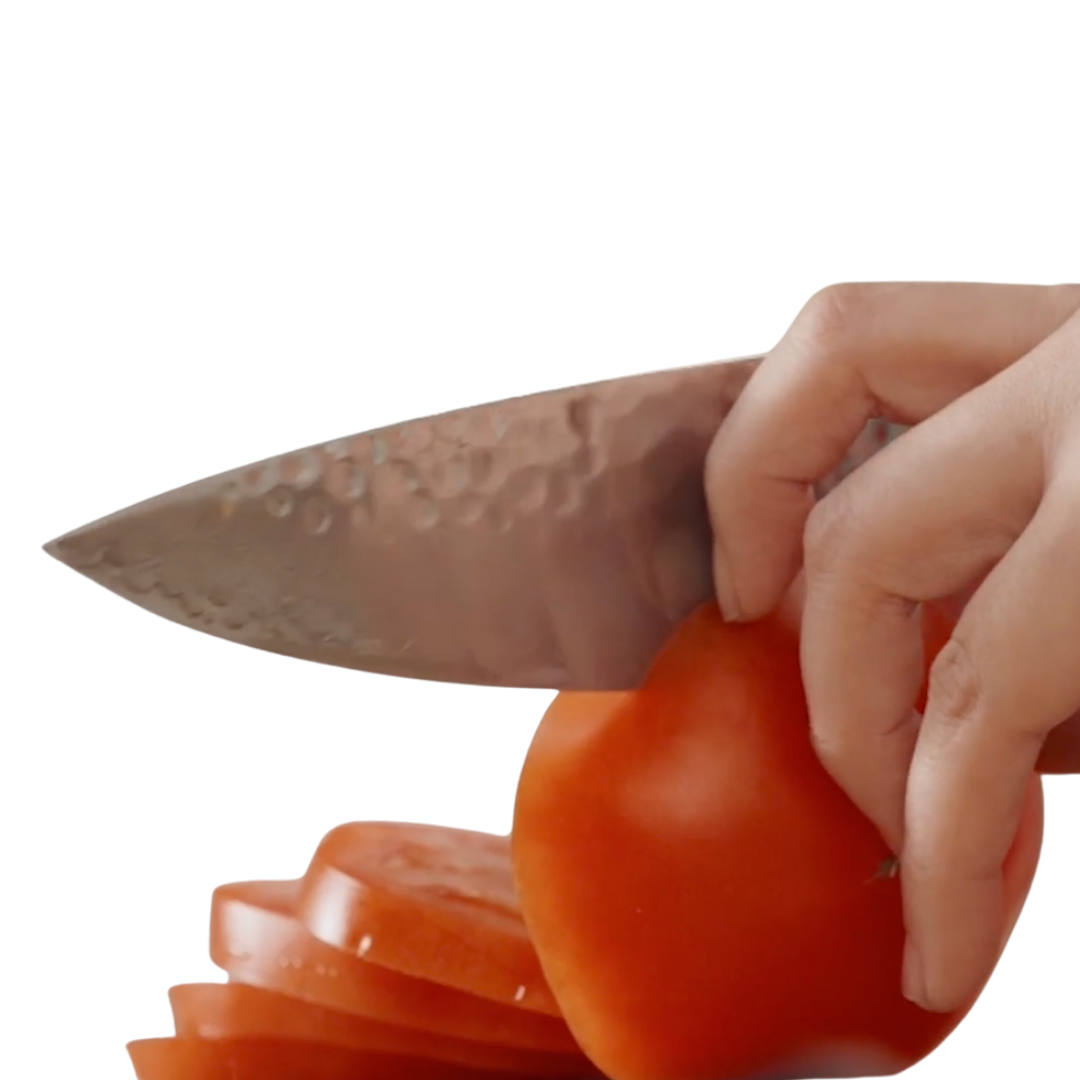
Our new course features over 100 lessons, 50+ recipes, downloadable guides, and more!
New Frozen Meals!
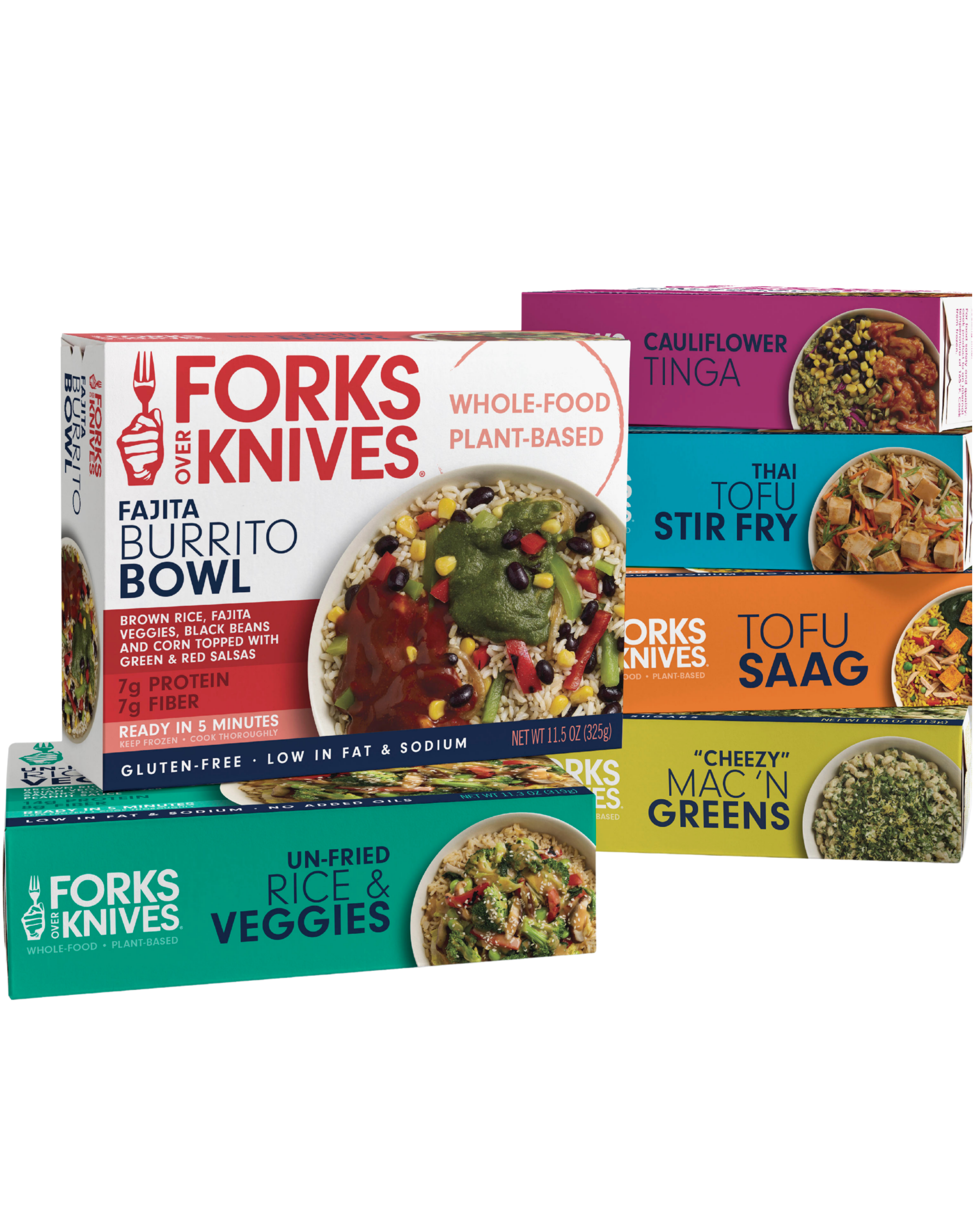
Introducing our new frozen meals: Doctor-recommended, chef-crafted, & ready in minutes.

